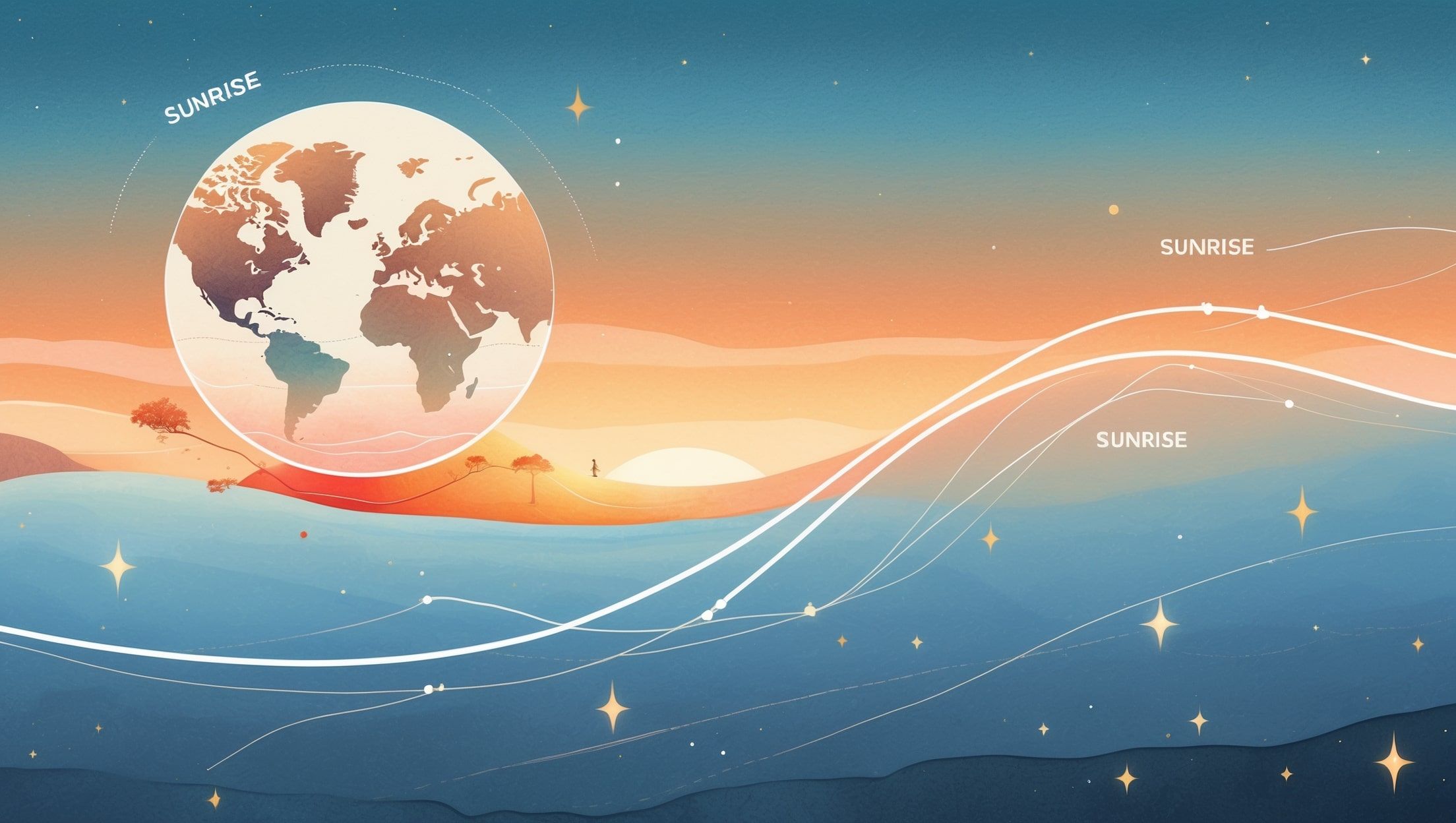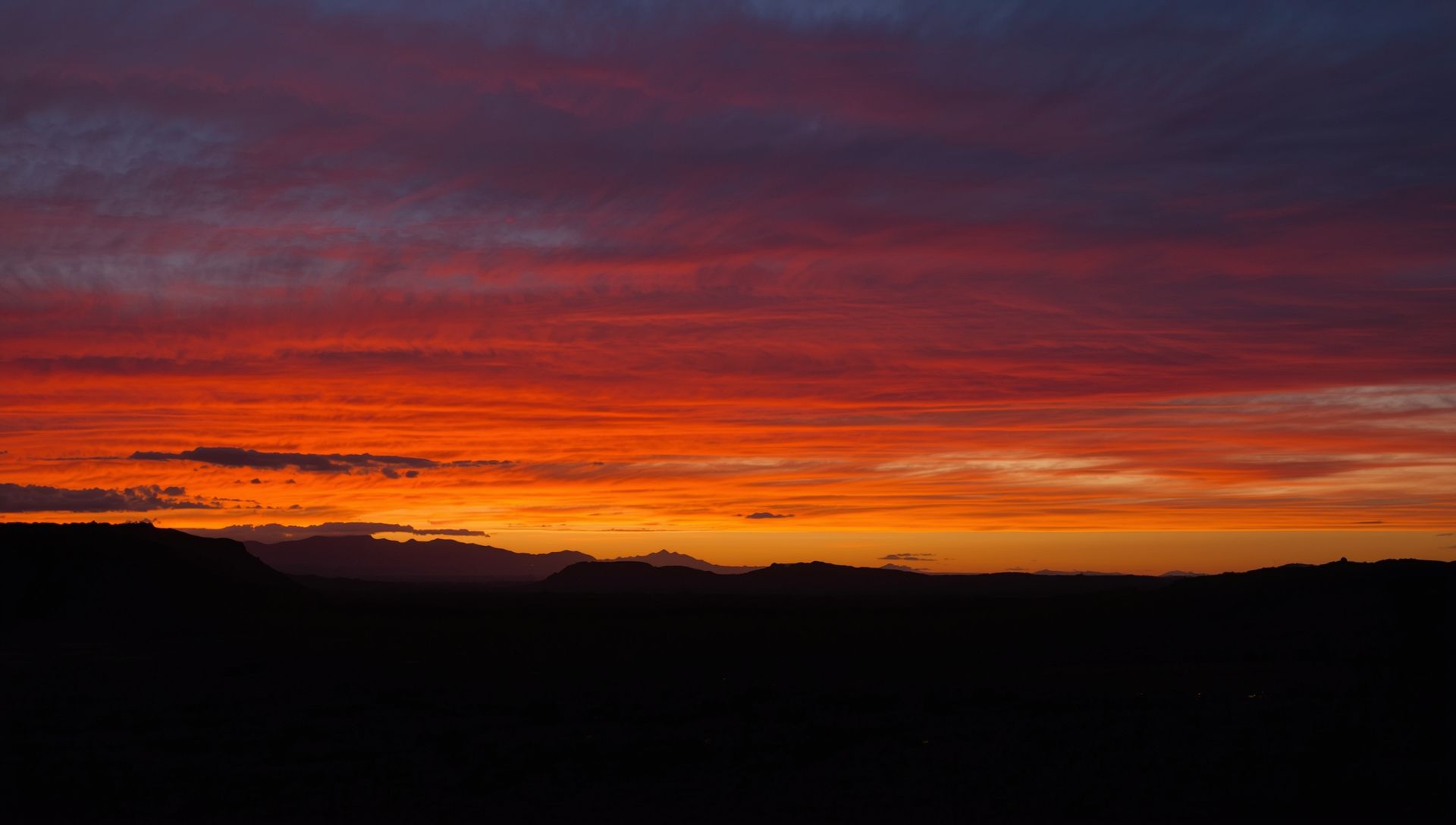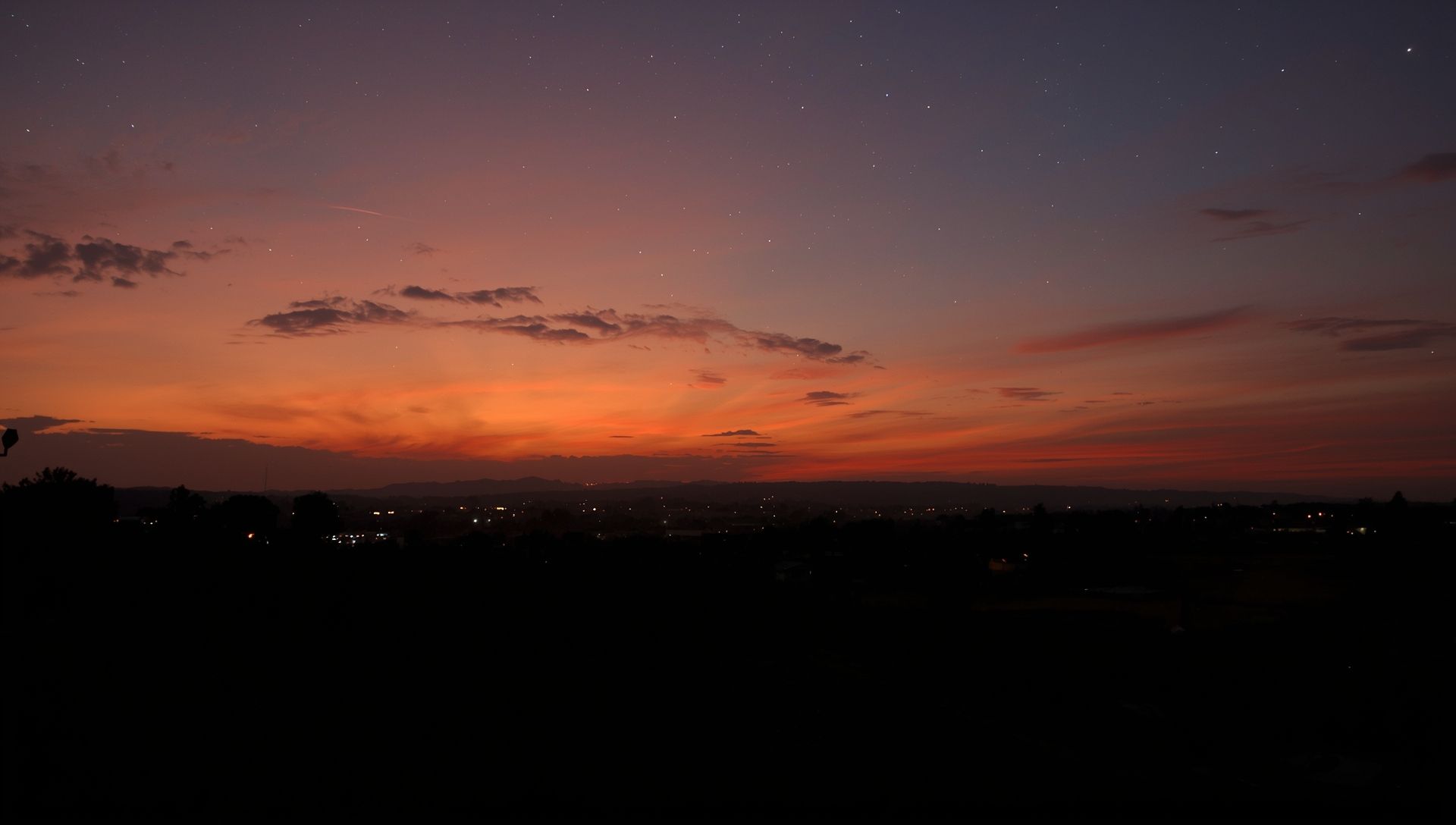Ever notice how the sunrise time keeps changing? One week you're sipping coffee in daylight, and the next it’s pitch black outside. That’s no accident. Sunrise isn’t on a fixed schedule - it shifts with the seasons and your location on Earth. Knowing why can help you plan your mornings better, whether you're chasing early light for a run or trying to get your kids out the door on time.
What Makes the Sun Rise at Different Times?
The Earth is tilted. That tilt - about 23.5 degrees - changes how much sunlight each part of the planet gets as it orbits the sun. During summer, the days are longer and the sun rises earlier. In winter, it’s the opposite.
But that's not the whole story. Where you live matters too. Someone in Miami sees sunrise much earlier than someone in Seattle - even if it's the same time of year. Altitude and terrain also play a part, especially in mountainous areas. If you want to understand how your location affects the local time zone, that’s another key factor to explore.
How Seasons Change Sunrise Time
Let’s take a typical Northern Hemisphere city. In June, near the summer solstice, sunrise can happen as early as 5:00 a.m. or even earlier. By December, close to the winter solstice, it might not rise until after 7:30 a.m.
This shift happens slowly day by day. You might not notice it unless you’re paying close attention. But over weeks, it’s dramatic enough to change your morning rhythm, just like how daylight saving adjustments can shift your daily patterns overnight.
Five Things That Affect Sunrise Time
- Latitude: The farther from the equator, the bigger the swing in sunrise time across seasons.
- Longitude: Places on the eastern edge of a time zone boundary see sunrise earlier than those on the western edge.
- Time of year: The Earth’s orbit changes how directly the sun hits your spot on the globe.
- Daylight saving time: In many regions, clocks move forward in spring, shifting sunrise artificially later.
- Altitude and landscape: Mountains and valleys can block or reveal the sun sooner or later than expected, similar to what’s observed in different cities around the world.
Why Your Zip Code Makes a Difference
Two cities in the same state can have sunrise times that differ by over 30 minutes. That’s because sunrise isn’t based on your clock - it’s based on where the sun breaks the horizon. And your local landscape and regional time zone map have everything to do with that.
Even urban factors like tall buildings can delay when you actually see the sun, though the official sunrise time is measured at sea level and on a flat horizon. Observers near the coast or in valleys may notice these variations more vividly, especially when comparing across different countries.
Chasing the Morning Light
If you’re someone who loves the early hours or depends on daylight to kick off your day, keep an eye on sunrise times as they shift. Apps, almanacs, or even your phone’s weather forecast tools can keep you updated. Whether you're catching a sunrise jog or trying to time your commute, knowing when the sky lights up can make all the difference. You can even look up world clock data to compare sunrise times across continents or learn more about the science behind sunrise and sunset colors to appreciate those early moments even more.









